A Spectacular Moth (An Undescribed Species) ...and Just How Many Moth Species are Known to Science?
This large (50mm length) and beautiful moth visited my moth light a couple of nights ago. It belongs to the family Hepialidae (Swift moths) and I believe it belongs to the genus Abantiades. I was struggling to get a precise identification for it, and little wonder, as it turns out to be a species that is yet to be described by science. It makes you wonder just how many species have yet to be discovered when such a large and beautiful moth as this is yet to be named.
How many Moths and Butterflies are Named?
One estimate I've seen is that here in Australia there are about 20,000 species of Lepidoptera (Butterflies & Moths). Of these, only 10,586 have thus far been described and named by science. Worldwide, it's estimated that there are from 300,000–500,000 species of Lepidoptera. Of these only 174,250 have been named and described. Clearly, the taxonomists have plenty of work ahead of them. It makes you wonder just how many species have become extinct, and will become extinct, without ever being known to us. This is one good reason for amateurs (perhaps that's you) to get involved in photographing and recording the flora and fauna in your own local area and submitting these records to the various citizen science projects that exist.
With regard to getting a name for this moth, it turns out I'm in luck. This one should be assigned a name later this year with the publication of the book, Splendid Ghost Moths and Their Allies: A Revision of Australian Abantiades, Oncopera, Aenetus, Archaeoaenetus and Zelotypia (Hepialidae). Mind you, I'm not that lucky, as the book will cost $195. That's a lot of money to find out the name of a moth. Maybe I'll just name this one Beauregard :-)
Although not bright and colourful like some butterflies, the intricate patterns on this moth's wings are truly amazing. So, even if you're not interested in the taxonomy, please enjoy it for what it is - A beautiful moth!
The photos below were taken with a Canon 7D and Canon EF 100mm f/2.8L Macro lens.
( All photos, videos, and text on this blog are by @mostly.nature )
- Chapman, D (2009). Numbers of Living Species in Australia and the World. - Australian Biological Resources Study.
- Common I.F.B – (1990) – Moths of Australia – Melbourne University Press

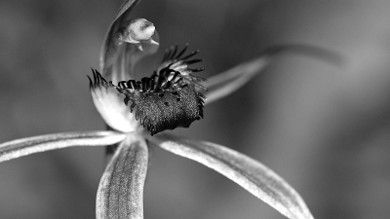
Spider Orchid 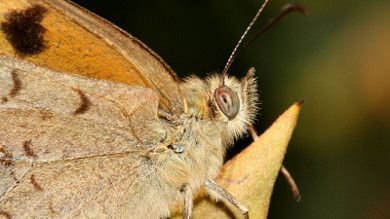
The Common Brown butterfly 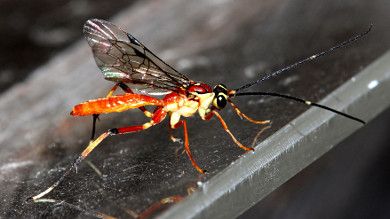
A Small But Beautiful Icheumon Wasp 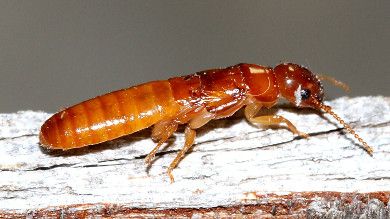
Rove Beetles |
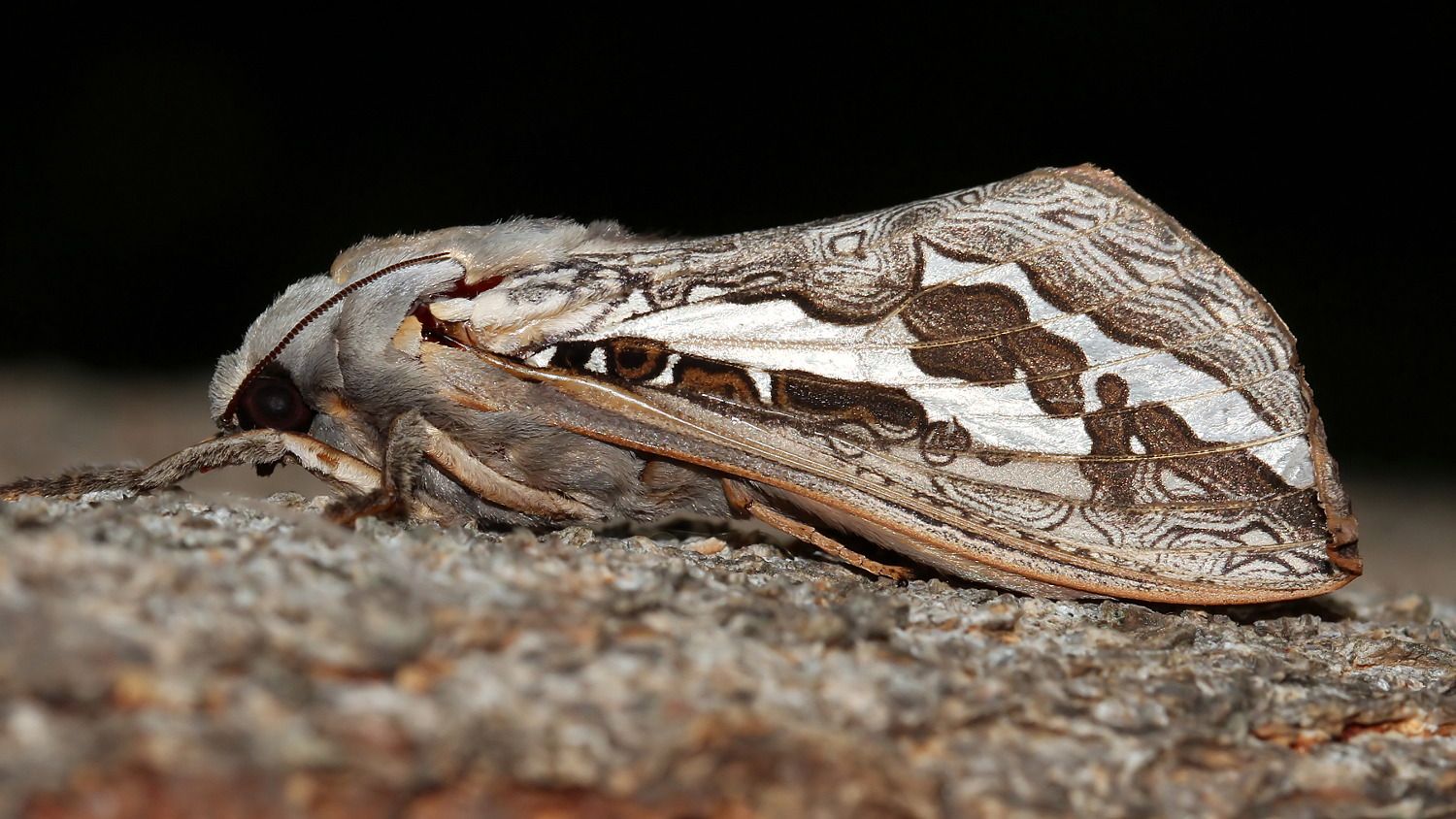
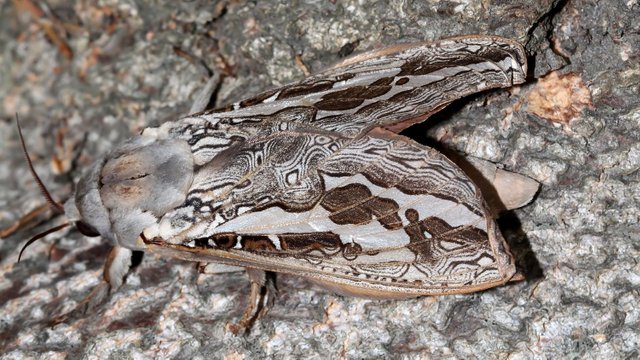
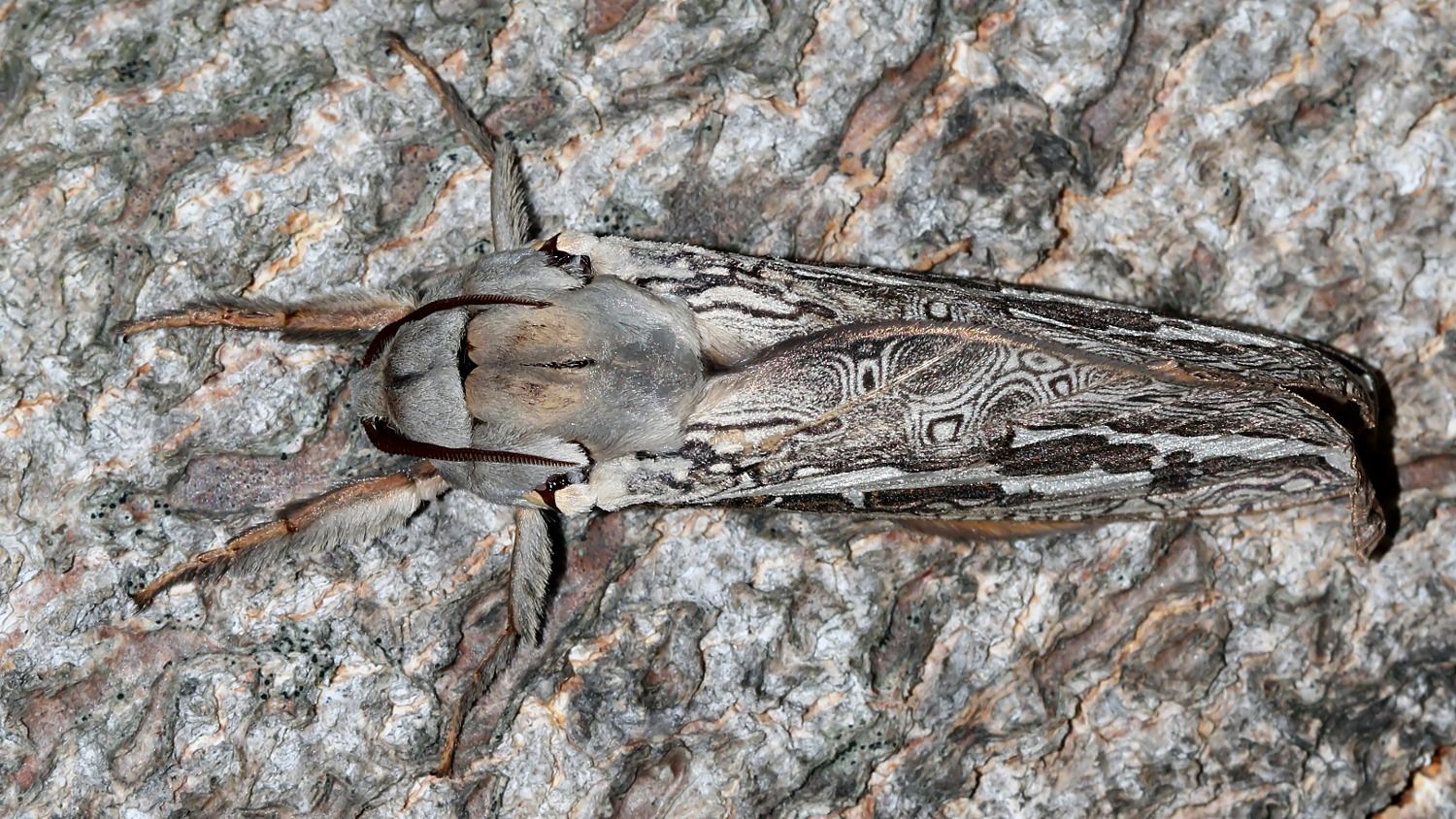
World of Photography Beta V1.0
>Learn more here<
Thank you for participating in #macrophotography, the weekly selection will be released on Friday.
You have earned 5.20 XP for sharing your photo!
Daily photos: 1/2
Daily comments: 0/5
Multiplier: 1.04
Server time: 07:47:40
Total XP: 34.70/100.00
Total Photos: 5
Total comments: 9
Total contest wins: 0
Follow: @photocontests
Join the Discord channel: click!
Play and win SBD: @fairlotto
Developed and sponsored by: @juliank
good post
you can check my profile give comment & upvote
Gorgeous patterns & beautiful design - the shape is wonderful.
5 cm?
shivers
But the pattern is very pretty on this one.
wow such a beautiful species :)
it is really amazing that there are still so many undescribed species, it shows the incredible diversity of nature ;)